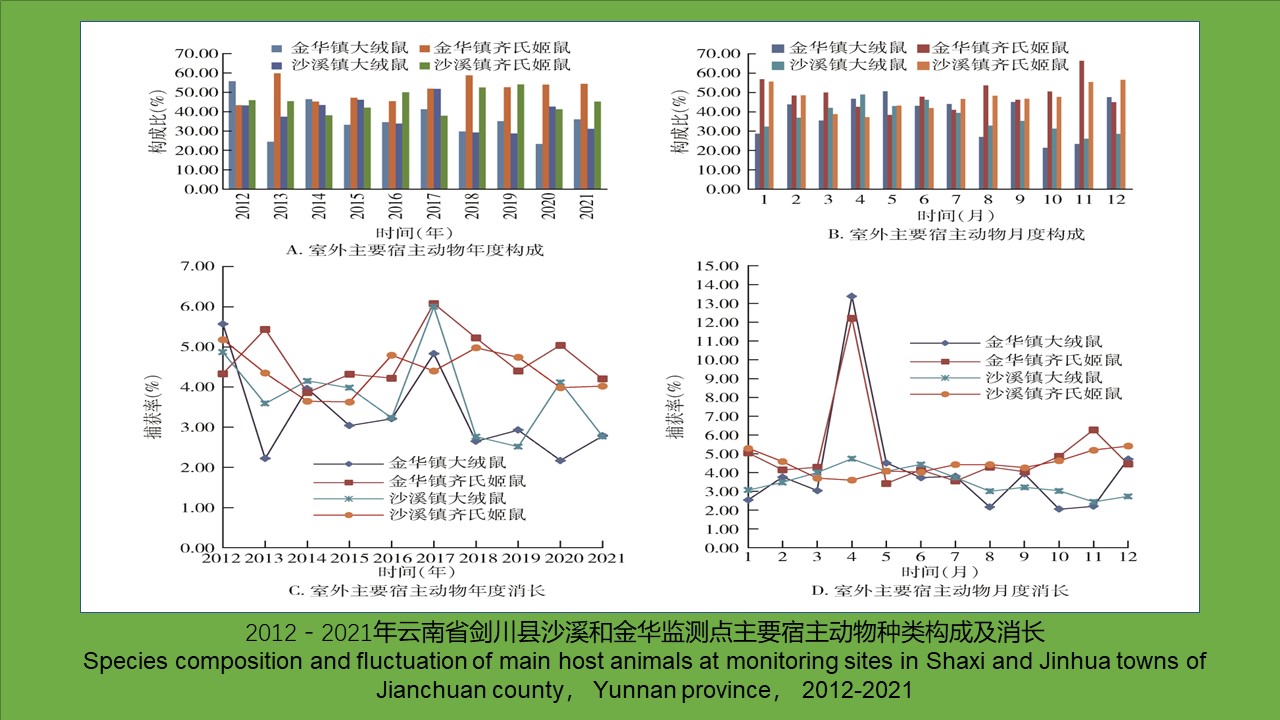 PDF(1217 KB)
PDF(1217 KB)


云南省剑川县历史和新发鼠疫疫点主要宿主动物和媒介蚤的对比分析
段彪, 张四祥, 赵彩凤, 洪梅, 苏丽琼, 赵文红, 杨智明, 鲁亮
中国媒介生物学及控制杂志 ›› 2023, Vol. 34 ›› Issue (1) : 31-38.
 PDF(1217 KB)
PDF(1217 KB)
 PDF(1217 KB)
PDF(1217 KB)
云南省剑川县历史和新发鼠疫疫点主要宿主动物和媒介蚤的对比分析
 ({{custom_author.role_cn}}), {{javascript:window.custom_author_cn_index++;}}
({{custom_author.role_cn}}), {{javascript:window.custom_author_cn_index++;}}Comparative analysis of main host animals and flea vectors at historical and new plague foci in Jianchuan county, Yunnan province, China
 ({{custom_author.role_en}}), {{javascript:window.custom_author_en_index++;}}
({{custom_author.role_en}}), {{javascript:window.custom_author_en_index++;}}
| {{custom_ref.label}} |
{{custom_citation.content}}
{{custom_citation.annotation}}
|
/
| 〈 |
|
〉 |